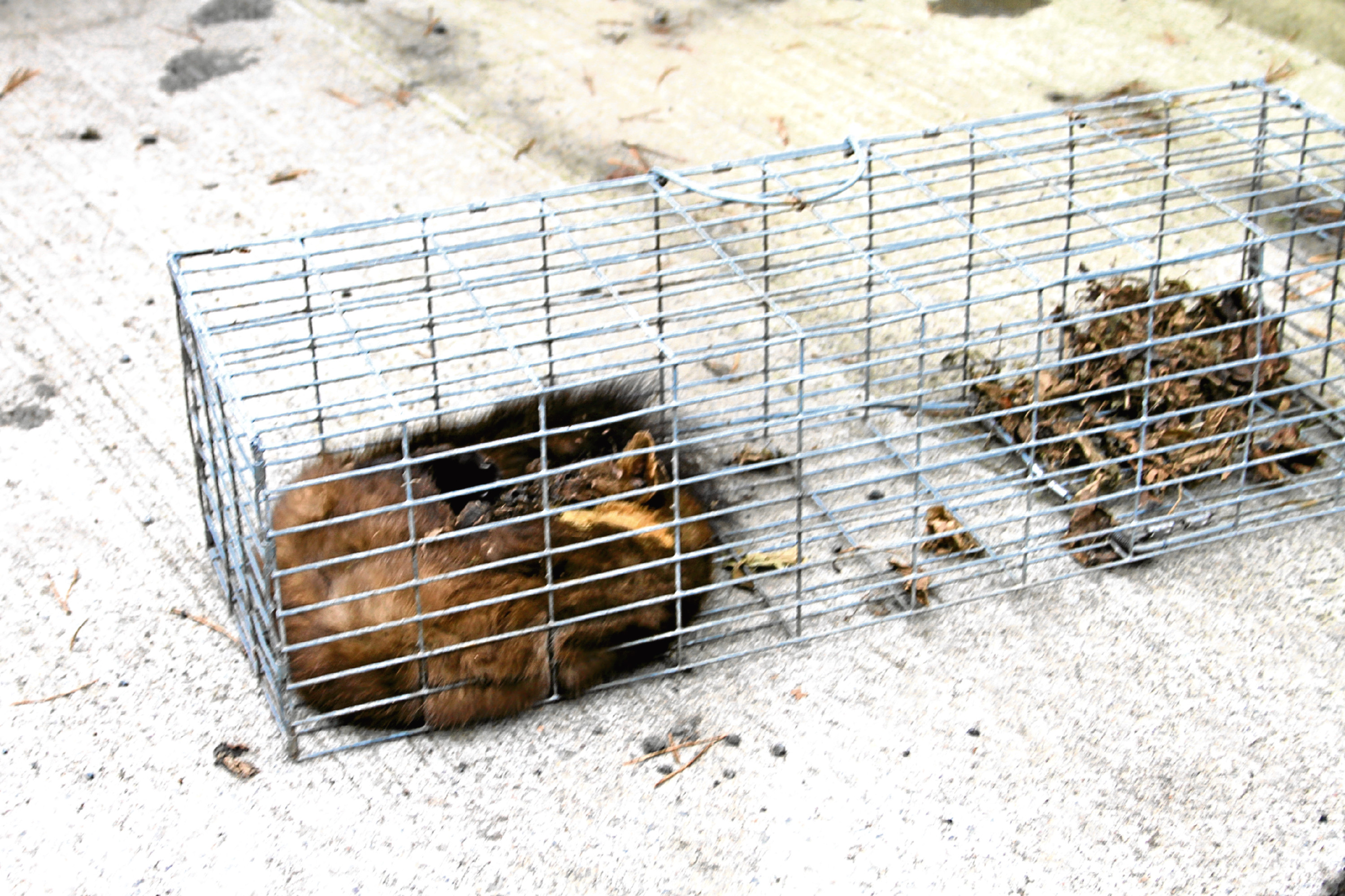
ANIMAL charity the Scottish SPCA is lobbying for new powers to tackle wildlife crime amid fears police are unable to cope.
The charity has sent MSPs a briefing outlining why it should be given enhanced prosecution rights.
At present, Scottish SPCA (SSPCA) staff have to work with the police on the majority of cases, as police officers are responsible for gathering evidence.
However, the SSCPA wants its officers to enjoy enhanced powers, so when police are unable to attend, SSPCA can retrieve evidence.
The say the move would free up police and help meet a Scottish Government requirement to class all wildlife offences as a key priority.
A final ministerial decision on the new powers bid is expected before the summer.
The SSPCA’s Chief Superintendent Mike Flynn said: “A change in legislation could result in an overall decrease in wildlife crime caused by an increase in the quality and amount of investigations undertaken, which could not only deter potential offenders but may also help achieve a higher rate of conviction.
“We want to continue working corroboratively with Police Scotland as, due to a number of competing demands, wildlife crime cannot always be a high priority.
“We strongly believe a change in legislation to allow our inspectors to fully investigate wildlife crime would be a positive step forward for animal welfare.”
Currently some wildlife crime powers extend only to police officers. It means, in some cases, SSPCA officers have to wait for police to show up before they can identify and seize evidence such as illegal traps, snares and poisoned bait.
But in a damning example given to politicians, the SSPCA outlined examples of failed illegal trap prosecutions that were down to police not arriving at the scene in time.
The League Against Cruel Sports Scotland said prosecuting wildlife crime is “notoriously difficult”.
Robbie Marsland, the league’s director, said: “In many cases the outcome could be very different if the SSPCA had increased powers.”
A total of 284 crimes were recorded in 2014/15, up from 255 in 2013/14, according to the annual wildlife crime report.
A spokesman for Police Scotland said the public should continue to contact the police if they come across anything suspicious.
The spokesman added: “Tackling wildlife crime is not just about law enforcement, it is about working with partners and the public to raise awareness and to prevent it happening.”

Enjoy the convenience of having The Sunday Post delivered as a digital ePaper straight to your smartphone, tablet or computer.
Subscribe for only £5.49 a month and enjoy all the benefits of the printed paper as a digital replica.
Subscribe